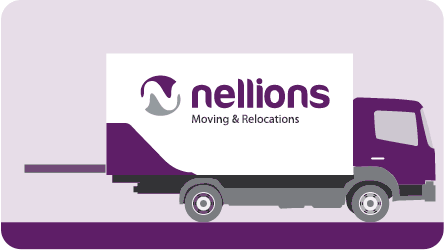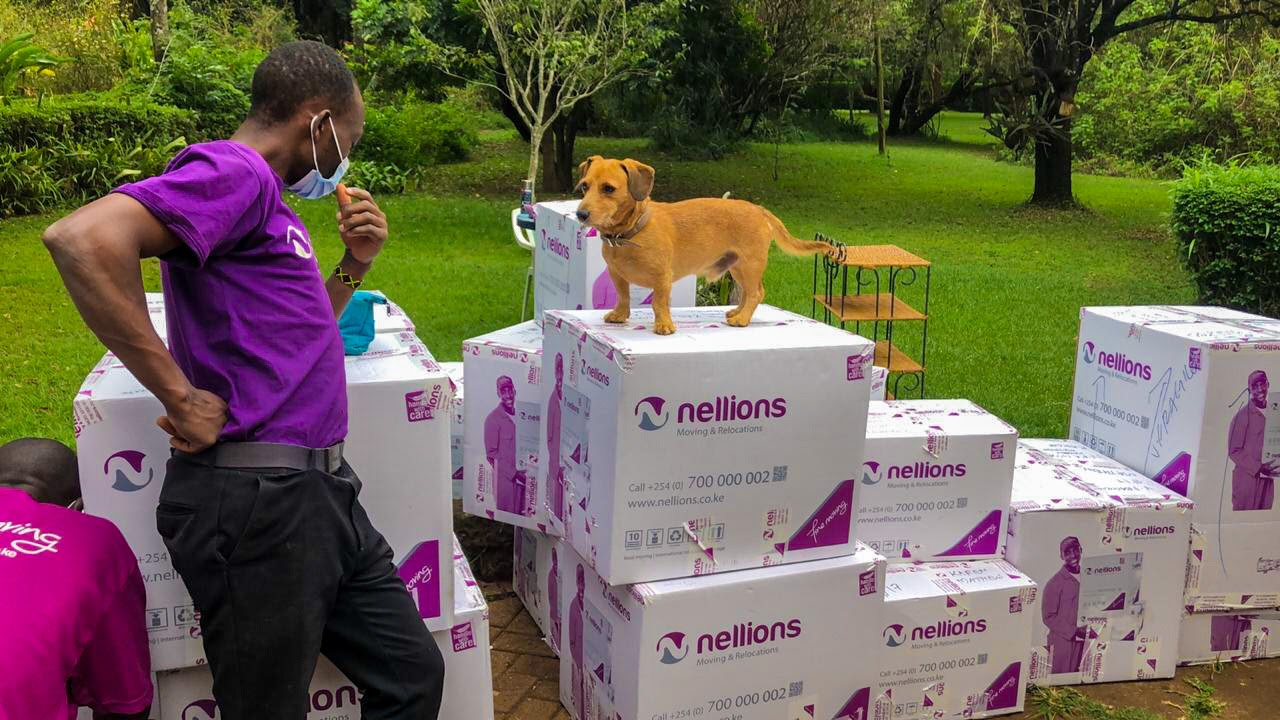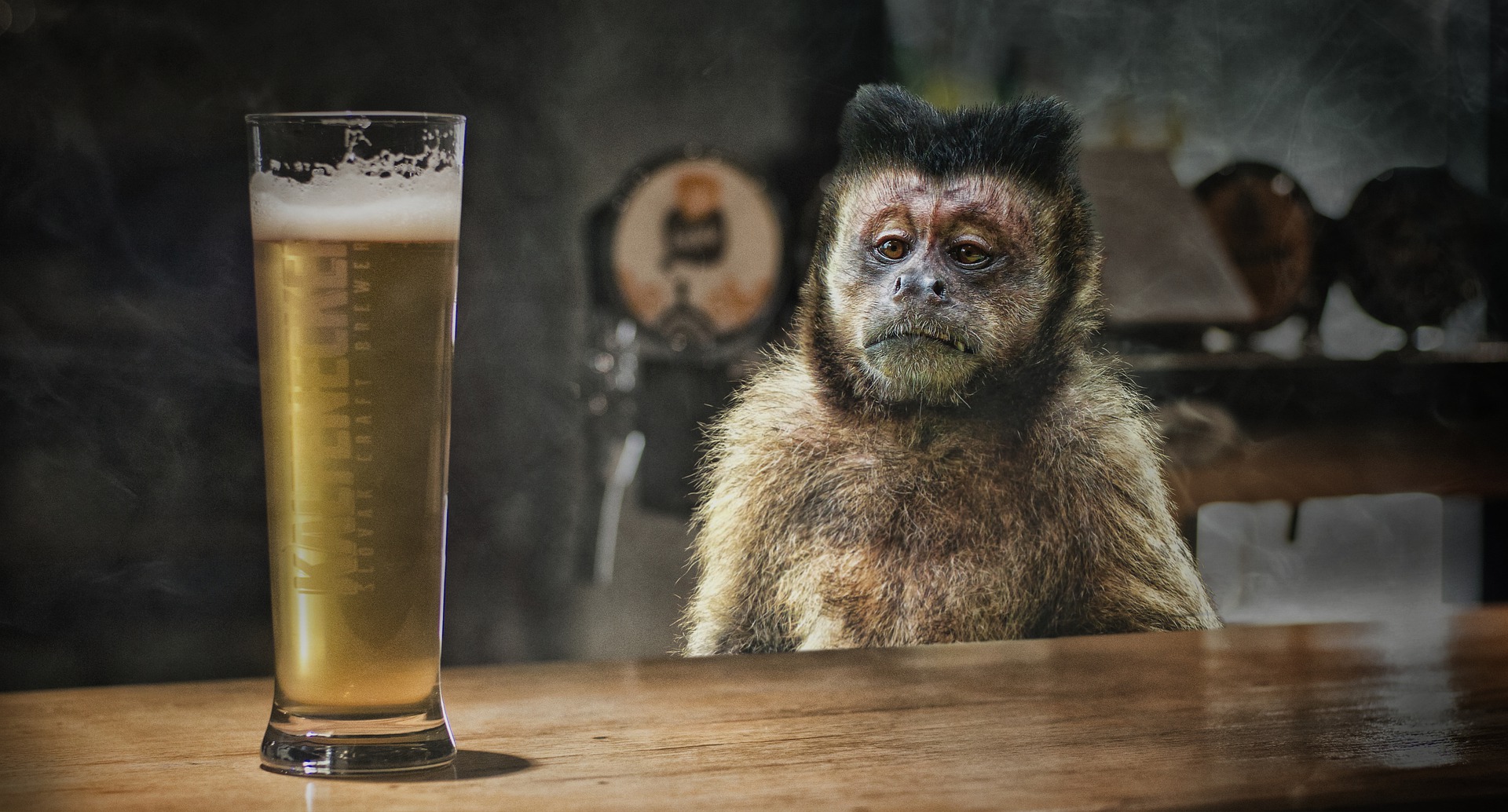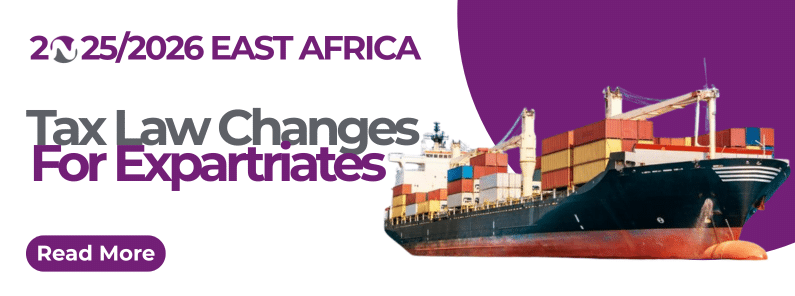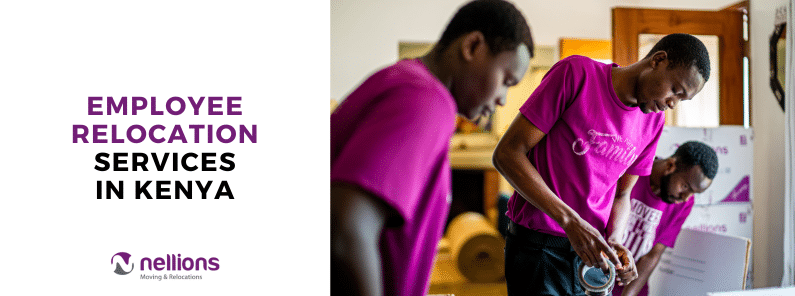There are many reasons you might consider moving to Australia, chief among them being the extraordinarily strong Australian economy.
Australia offers a relatively high minimum wage compared to other countries. Its cities, such as Melbourne, have ranked highly for being some of the most livable cities in the world.
The country’s education and health care benefits are also unmatched.
For instance, Australian citizens, permanent residents, as well as other eligible candidates enjoy free or subsidised care through the country’s healthcare system. Australian citizens and permanent residents also enjoy free or subsidised high-quality education.
If you’re planning on relocating to Australia, prepare to enjoy its wonderful and famous scenic landscapes, including its beaches and outback areas.
Be careful during your exploration, though, since Australia is home to about 17 of the world’s most venomous snakes, 1,500 types of spiders, and 4,000 types of ants.
On the plus side, you might be able to spot a kangaroo (the country’s national animal) as they are only found in Australia.
An interesting fact is that Australia is both a country and a continent. Just in case the atlas depictions of the country have you confused, its land mass is almost twice Europe’s and almost equal to that of the United States of America!
However, Australia has the world’s lowest population density, with three people per square kilometre.
Both Kenya and Australia were part of the British Empire and are, in fact, members of the British Commonwealth. Their bilateral relationship has been growing through collaboration on agriculture and food security, as well as education, mining, and counter-terrorism.
Australia mainly exports wheat and minerals to Kenya, while Kenya’s exports to Australia mainly consist of coffee and vegetables.
Like Kenya, Australia recognises dual citizenship, meaning permanent residents can eventually qualify to become citizens.
Here are some of the facts you should have at your fingertips when moving to Australia:
1. Certain Documents Are Needed to Import Used Household Goods and Personal Effects
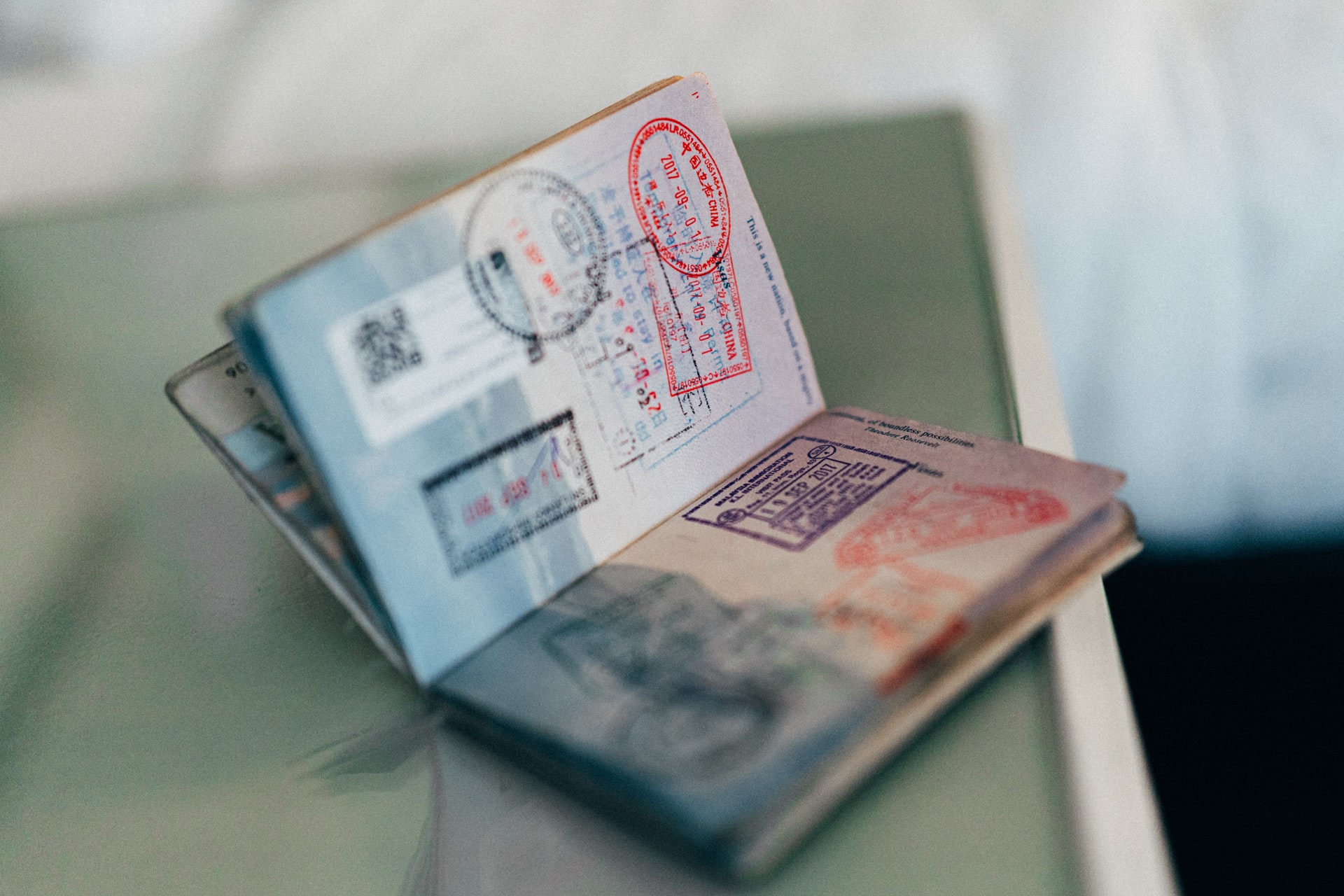
To import your used household goods and personal effects into Australia, you’ll require documents such as
- Copy of your passport
- Alcohol inventory (if applicable)
- Detailed inventory/packing list (in English)
- Completed Australian Customs Form B534
- Copy of your visa or e-visa approval (for non-citizens)
- Original bill of lading (OBL) if there’s no telex release/air waybill (AWB)
- Any valid offshore treatment certificates
Your OBL must be received 7 days before your goods arrive at their first port of entry into Australia. If your goods are coming by air freight, then the AWB must be received 48 hours before their arrival at the first entry airport in Australia.
Tip: When submitting your completed Australian Customs Form B534 (officially known as the Unaccompanied Personal Effects Statement (B534 Form)), it’s crucial to ensure that the signature you append here matches the one on your passport’s photo and signature page.
2. Unaccompanied Personal Effects Are Eligible for Duty-Free Concessions, Subject to Certain Conditions
Australia considers household and personal items imported into the country but which arrive separately from you to be Unaccompanied Personal Effects (UPEs).
You may import UPEs into Australia by air, international mail (post), or sea cargo, and they can include:
- Books
- Furniture
- Appliances
- Sporting equipment
- Clothing and footwear
- Personal hygiene and grooming items
UPEs may also include, subject to conditions, aircraft, boats, and non-motorised caravans.
If you’re eligible for a UPE concession, then you’ll be cleared from Customs Control without having to pay:
- Customs duty
- Goods and services tax (GST)
- Other taxes and charges
However, to be eligible for the UPE concession, you must be a passenger or crew member of an aircraft or ship. You must have also arrived from a place outside Australia and, depending on the nature of the goods, meet permanent residency requirements.
The goods you’re importing must be:
- Your personal property
- Suitable and intended for your use in Australia
- Personally owned and used overseas by you for at least 12 months
You’ll be considered to have met the permanent residency requirements if you:
- Are an Australian citizen
- Hold a permanent visa
- Hold a special category visa
3. Certain Goods Aren’t Eligible for the UPE Concession
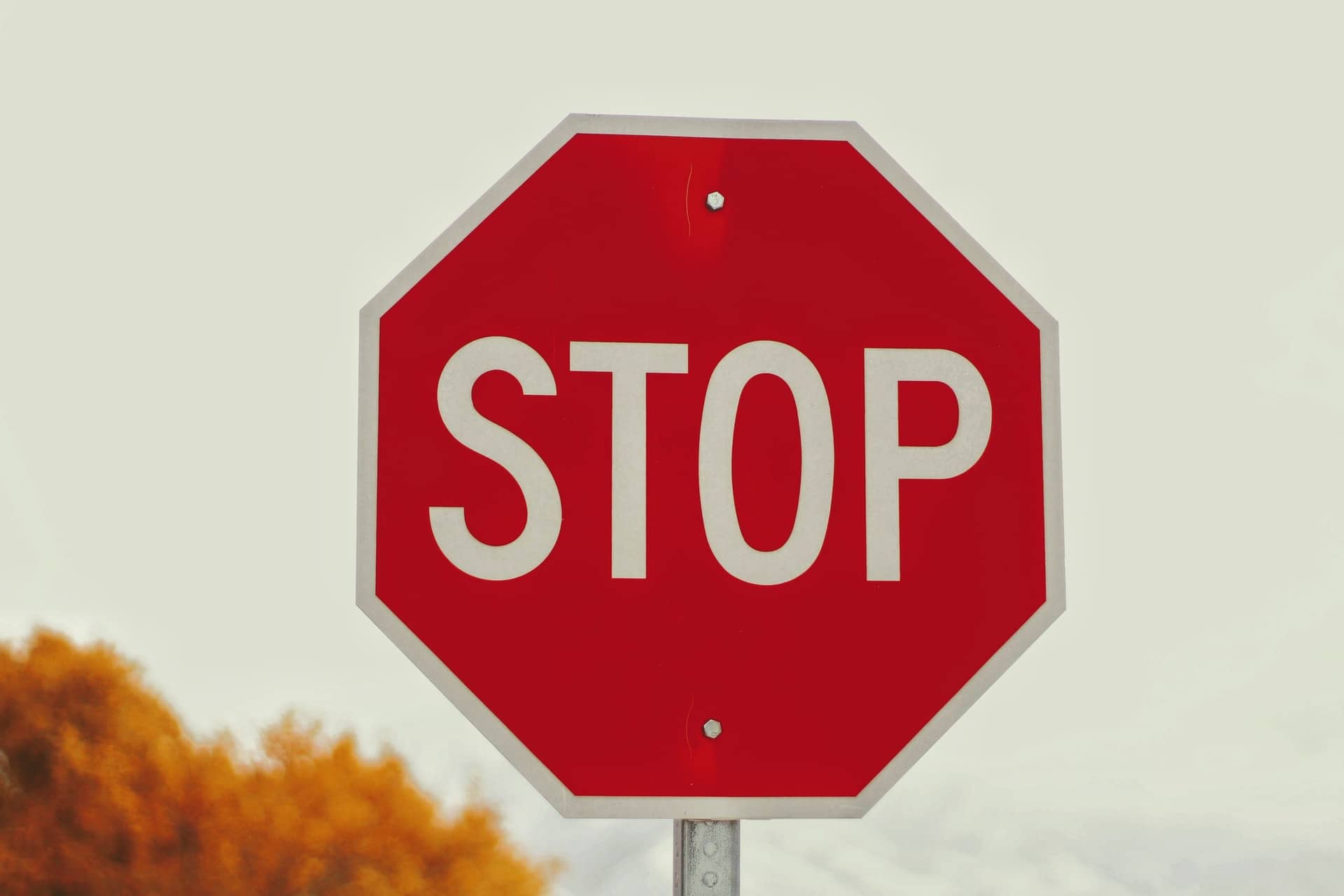
There are certain goods that Australia doesn’t grant an Unaccompanied Personal Effects concession. These include:
- Motor vehicles
- Motor vehicle parts
- Bequeathed goods
- Commercial goods
- Alcoholic beverages
- Tobacco and tobacco products
- Items purchased over the internet after your arrival
- Items belonging to another person who’s not eligible for the concession
Please note that the duty-free concessions that apply to alcoholic beverages and tobacco products you might carry with you when you arrive in Australia do NOT apply to UPEs.
The Australian Border Force (ABF) will assess any of these products that arrive as UPEs for duty, GST, and/or wine equalisation tax. These goods won’t be released until you pay the requisite duties and taxes.
Ultimately, the ABF reserves the final say on eligibility for the UPE concession. If you’d still like to import certain goods but can’t use the UPE concession, you’ll be liable for customs duty, GST, and other charges.
4. You May Import Certain Amounts of Alcohol and Tobacco Duty-Free, But Not as UPEs
Australia does allow a duty-free concession for accompanied alcoholic beverages not exceeding 2.25 litres.
You also won’t be charged duty when you bring in one packet of cigarettes and a single unopened packet of up to 25 cigarettes (or the equivalent of 25 grams of tobacco products).
Still, on the duty-free concessions for accompanied luggage, adults of 18 years and above can bring in up to AUD 900 worth of general goods, while kids are permitted AUD 450 worth of goods.
If you’re travelling to Australia on the same flight with your family, you may combine or pool your individual duty-free concession limits. However, your family will need to stay together when going through customs clearance.
Australia is very strict on duty-free limits. Therefore, if you’re in doubt about anything, declare it. That’s because penalties may apply if goods aren’t declared.
Bonus Tip: Be aware that if you bring in more than your duty-free allowance for general goods, alcoholic beverages, or tobacco products, or attempt to conceal them from Customs, you’ll be made to pay duty on all your goods, not just the excess.
5. Household Goods and Personal Effects Are Subject to Biosecurity Inspection
All consignments of UPEs must be subjected to biosecurity inspection by the Department of Agriculture, Water and the Environment (Agriculture).
The reason is that Australia is keen on preventing pests and diseases from entering the country, particularly from the movement of household goods and personal effects. Therefore, Agriculture will assess the documents accompanying your UPEs and require that your goods pass inspection.
Indeed, the ABF cannot release your UPEs until Agriculture has cleared them. This process takes approximately one week and is done at your expense. It’s commonly referred to as Quarantine.
The Department of Agriculture will first assess your B534 Form and packing list to determine if there are any goods of potential biosecurity concern. This assessment allows the department of Agriculture to determine how much of your shipment will need to be inspected.
Any items that may require treatment or need to be destroyed or exported will receive the appropriate action at your expense.
Thankfully, some of the steps you can take to facilitate the release of your UPEs with the least costs and delays from biosecurity control include:
- Check import requirements and don’t pack anything that can’t be brought into Australia
- Don’t pack anything that will require treatment (unless you’re willing to pay treatment fees)
- Ensure goods that have been in contact with food, soil, plants, animals, or their products are clean and dry
- Pack and label your personal effects clearly to reduce the time it takes Agriculture to inspect your consignment (biosecurity inspection charges are based on time)
- Don’t use second-hand boxes or bags that have been previously used to carry animal, plant, or soil material
- Don’t use sawdust, straw, wood shavings, or any other plant material as filler or packing material
You can search the Biosecurity Import Conditions system (BICON) to determine if:
- Your goods are allowed into Australia
- A particular item requires an import permit or treatment
- There are any additional requirements you need to be aware of
6. Some of Your Personal Effects May Need to Be Treated
If, after inspection, items of biosecurity concern are found in your consignment, treatment may be one of the options available to you. Treating the goods is done at your expense and only if suitable treatment is available.
The two other options are destroying the goods or exporting them from Australia. These options are also implemented at your expense.
Treatments include:
- Heat treatment to devitalise plant materials such as barks
- Fumigation gas treatment to kill live insect pests in timber goods or untreated timber
- Gamma irradiation treatment if goods have risk material that can’t be removed
- Steam cleaning or washing to remove soil contamination (after which a second inspection is required)
If your shipment requires treatment, you must use a treatment provider approved by the Department of Agriculture or the site facilitating the treatment service.
7. Documents Such As Vehicle Type Approval Are Needed for Motor Vehicle Importation
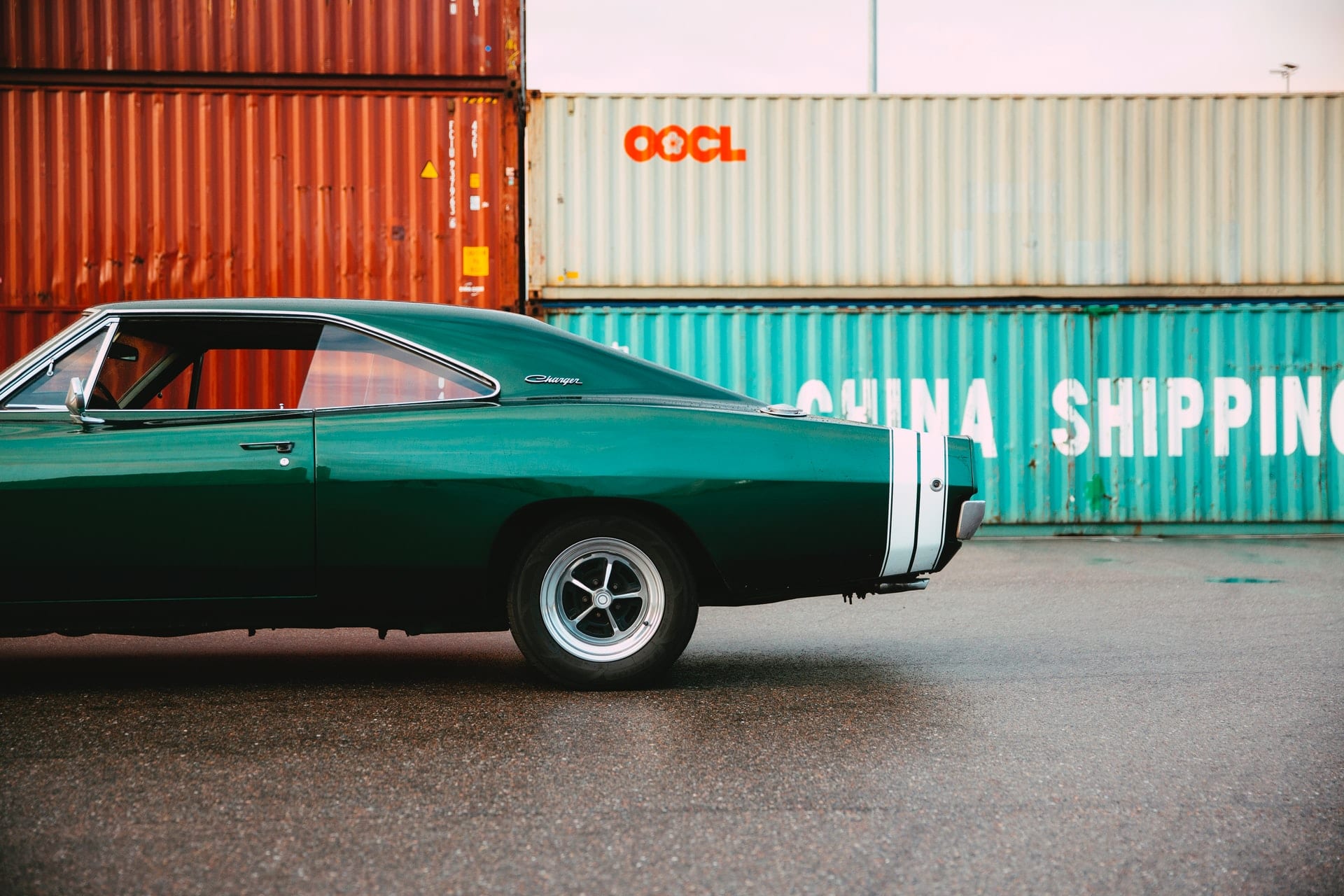
You need one of the following types of approvals from the Department of Infrastructure, Transport, Regional Development and Communications before you start making arrangements to ship your motor vehicle to Australia:
- Vehicle type approval
- Reimportation import approval
- Non Register of Approved Vehicles (RAV) entry import approval
- Concessional Register of Approved Vehicles (RAV) entry approval
Any of these approvals permit you to import a vehicle. You can apply for approval to import your vehicle by creating an account in ROVER, completing the online application form, and paying the application fee.
Once you receive approval to import your car (certain conditions for the use of the vehicle may be attached), you can arrange its shipping.
Other than a vehicle import approval, you need documents such as
- Import declaration (prepared by your customs broker)
- Vehicle registration papers from the country of origin
- Proof of ownership and purchase receipt
Ensure the car is steam cleaned inside and out before shipping to remove any materials that may pose a quarantine risk. Also, ensure any asbestos or air-conditioning gas is removed, if necessary.
It’s noteworthy that your vehicle won’t be cleared from Customs Control until you’ve provided valid import approval. You must also pay customs duty, goods and services tax (GST), luxury car tax (LCT) and other charges, where applicable.
You’ll be wise to consider all the costs of importing a vehicle before doing so, such as:
- Costs to ensure your vehicle meets State or Territory registration and insurance requirements
- Pre-shipment costs (e.g. removal of asbestos and steam cleaning)
- Freight and insurance (for the shipment of the car to Australia)
- Logistics service provider charges
- Storage and delivery charges
- Wharf and transport charges
- Import processing charges
- Customs brokers’ charges
However, it’s crucial to note that consular posts, diplomatic missions, and privileged individuals may import vehicles free of duty, taxes, and other charges. Still, they must meet all protocol guidelines and obtain import approval.
The Department of Infrastructure, Transport, Regional Development and Communications provides a more comprehensive overview of the process for importing a road vehicle into Australia.
8. Australia Has Strict Conditions for Pet Importation
Importing a pet into Australia isn’t a cheap or simple process owing to the strict conditions currently in place.
Indeed, the position of Australia’s Department of Agriculture, Water and the Environment is that not all live animals and reproductive materials are permitted to be imported. The reason is that Australia considers the pest or disease risks associated with their importation to be too great.
If your pet arrives in Australia as or with your UPEs, it’ll be cleared as your UPE, and an import declaration won’t be necessary. Australia doesn’t treat as pets animals that are used for competition, breeding purposes, or sale.
The only animals that can currently be imported into Australia as pets are:
- Selected species of birds from New Zealand only
- Cats, dogs, and horses from approved countries only
- Rabbits from New Zealand only
Meanwhile, the cat and dog breeds Australia considers dangerous and which are prohibited from import into Australia include but are not limited to:
| Domestic/Non-Domestic Hybrid Cats | Pure-Bred Dogs | Domestic/Non-Domestic Hybrid Dogs |
| Savannah cats | Fila Brasileiro | Czechoslovakian wolfdog (Czechoslovakian Vlcak) |
| Safari cats | Japanese Tosa | Saarloos wolfdog |
| Chausies | Dogo Argentino | Lupo Italiano (Italian wolfdog) |
| Bengal cats | American pit bull terrier or pit bull terrier | Kunming wolfdog |
| Perro de Presa Canario or Presa Canario |
Before importing an animal, you should:
- Consult Agriculture to ensure the importation meets the conditions regarding species, country of origin, and other biosecurity requirements such as pre-export preparation
- Ensure you can meet all the relevant laws pertaining to keeping the animal legally in the state or territory of Australia you’re moving to
- Complete an import application and obtain an import permit from Agriculture (permits take approximately 10 business days to be approved, but incomplete/incorrect applications can take longer)
- Ensure it has a pet microchip, is up to date with its vaccinations, and that you’re ready to foot the bill for any treatments and blood tests it might require
- Be aware that your pet will be quarantined for at least 10 days upon arrival and that you’ll have to foot the animal quarantine station fees
- Know that during the quarantine period, your pet can only be visited by the person identified as the importer
Expert Tip: Since Kenya does not appear in Group 1, 2, or 3 of the approved countries from which pets can be directly imported into Australia, you’ll have to import your cat or dog through a Group 2 or 3 country.
9. You Don’t Have to Be Physically Present to Clear Your Goods
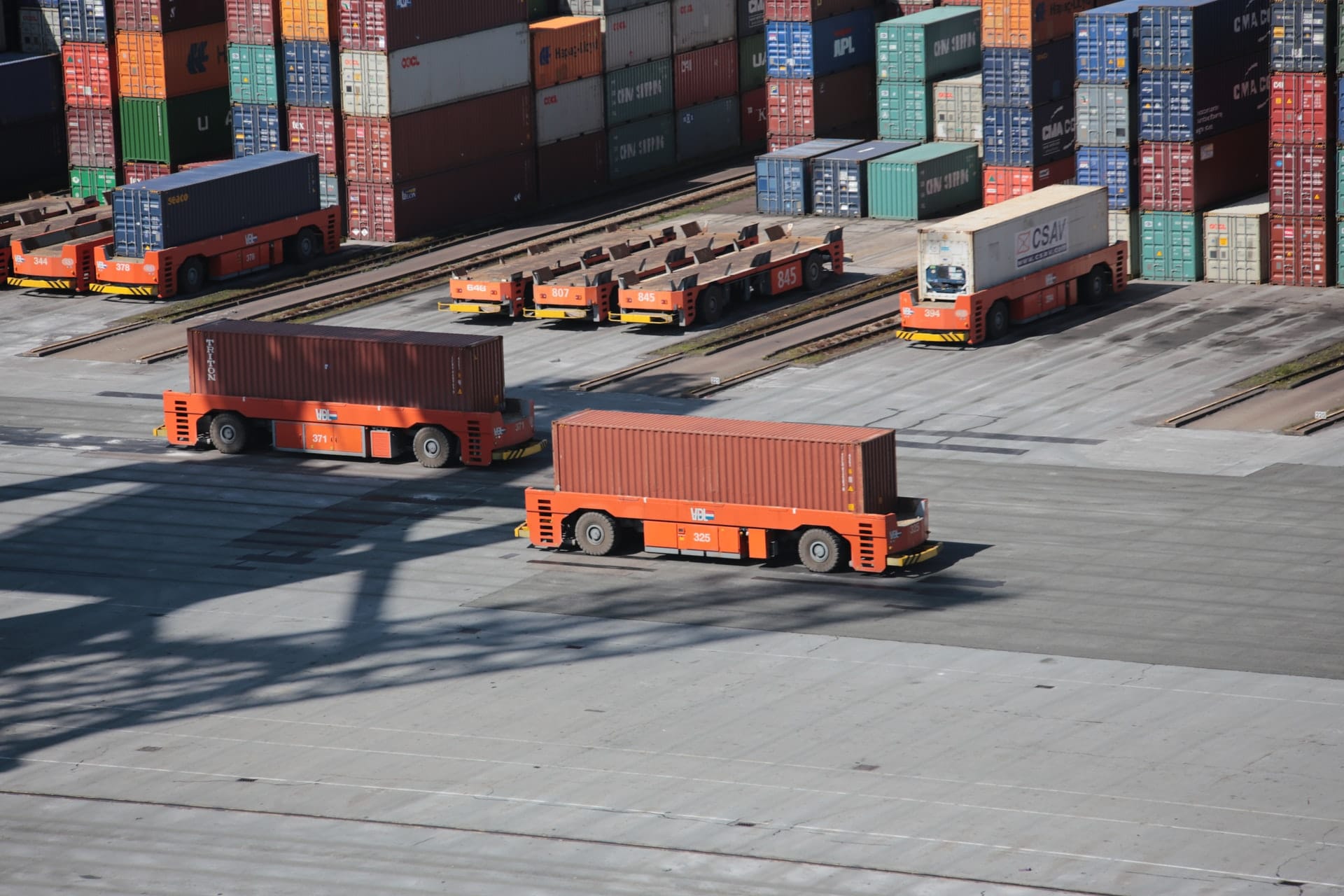
You can clear your UPEs by completing and lodging your Unaccompanied Personal Effects Statement (B534 Form) either:
- In-person at one of ABF’s offices, or
- Via electronic lodgement through the Integrated Cargo System
If you opt to lodge your B534 Form in person at an ABF counter, you must first undergo an Evidence of Identity (EOI) check. In addition to the documents needed for the EOI check such as your original passport, you must also bring:
- A completed and signed B534 Form
- All available permits for your goods
- A delivery order from the shipper or any other shipping document that identifies the owner of the goods as well as their Australian address
- A packing list detailing all the goods included in the UPEs
- Any receipts or evidence of the value of goods that have been owned for less than 12 months
You may ask a representative such as a friend or relative to lodge the form for you if you can’t do it yourself. However, your representative will have to give ABF a copy of their passport photo page that shows their signature.
If you decide to use a customs broker or other service provider, they can electronically lodge your B534 Form for you through the Integrated Cargo System (ICS).
ABF will still require all the documents you’d have brought in person even though you won’t have to go to a departmental counter. If you opt to lodge your statement electronically, your customs broker or service provider will inform you of any applicable fees.
It’ll take anywhere from 12 to 15 working days for sea freight to be cleared, depending on the mode of sea freight and the destination location. As for airfreight, it typically takes around 5 to 7 working days to get cleared, depending on the documentation received and the destination location.
10. It Takes About Two Months to Ship UPEs From Kenya to Australia
It’ll take about two months to complete the door-to-door shipment of your household goods and personal effects from Kenya to Australia.
Some of the major seaports (also cities) that Nellions helps move people to in Australia include Melbourne, Sydney, Perth, and Brisbane.
Remember, while your personal effects may arrive in Australia before or after you, there must be a connection between your travel to Australia and your importation of personal effects.
You may arrange the transport of your personal effects before you arrive in Australia. But you must prove using an airline ticket or evidence of a work contract that you intend to travel to Australia in a reasonable time.
Australia doesn’t permit the use of the UPE concession when you arrange to import your personal effects months after your arrival.
As you’ve doubtlessly noted, moving to Australia can get a tad complicated, especially when dealing with the strict conditions for importing household goods and personal effects that have been in contact with animals, plants, food, soil, or water.
Therefore, it’s not only prudent but also critical to get in touch with expert movers to help arrange your relocation. A professional team will seamlessly guide you through the packing, labelling, and shipping process.
That way, you won’t be subjected to costly inspection and treatment processes upon arrival in Australia.





